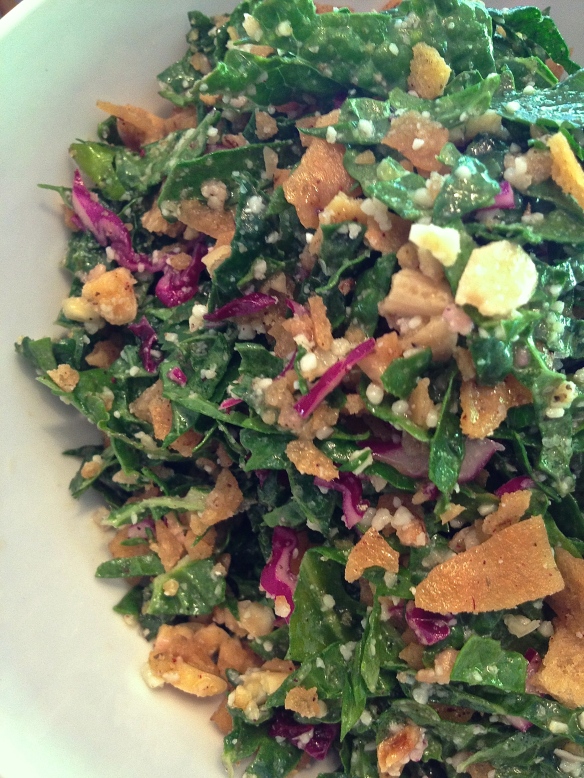
The tastiest banana pudding also happens to be the easiest to make!
I’ve been on this banana pudding kick lately, which has greatly benefitted my friends and neighbors and their kids. Even though Regina and my own kids love the stuff, we simply couldn’t eat our way through the three huge batches I’ve made recently. We needed help and so Julie and Tim and Zach and Sarah have gotten containers in the past week; I believe they shared them with their kids but it’s possible they didn’t. This banana pudding has a way of making your forget your vows, disregard your children’s welfare, and consider committing higher crimes. Zach refers to the pudding as his “afternoon delight” which conjures up images better left unimagined.
The recipe for this banana pudding is old-fashioned and simple to make. You don’t start from scratch, you start from mixes, like lots of the great American comfort foods of the past fifty years. Canned milk and pudding mix and boxed cookies. Super-easy and super-yummy!
If you’ve ever been to Magnolia Bakery either in NYC or LA you might notice that their banana pudding tastes remarkably similar to this. Well, it should. It’s their recipe and I happily cribbed it. Because it is superb!
You will need:
- 1 can (14 oz) sweetened condensed milk
- 1 box (3.4 oz) Jello brand instant vanilla pudding
- 1.5 cups cold water
- 3 cups heavy cream
- 4 cups sliced ripe bananas
- 1 12-ounce box of Nilla wafers (use the Nabisco kind)
Now do this:
In a stand-up mixer whip together the condensed milk, pudding mix, and water for about two minutes at medium speed. You could use an electric hand mixer if you don’t have a stand-up Kitchen-Aid mixer, of course. Make sure after you’ve whipped it that you don’t see any yellow specks, which would be undissolved pudding powder; beat it a bit more if you need to. Pour pudding into a big mixing bowl and chill until completely set, maybe three hours.
When the pudding is set whip the heavy cream to stiff peaks. Fold the whipped cream gently but completely into the pudding mix. It should be well-combined and not streaky.
Into a big deep bowl put about a third of the cookies in a layer. Top with a third of the bananas and a third of the creamy pudding mix. Make three layers. Chill for at least four hours so the Nilla wafers can soften nicely.
I like to make it the day before. It improves with a full overnight chill-out. It will last three or four days refrigerated although I have no doubt you and your fam will polish it off before that!

I like this cute pink pudding goblet. Thanks for the loaner Julie Semple!















